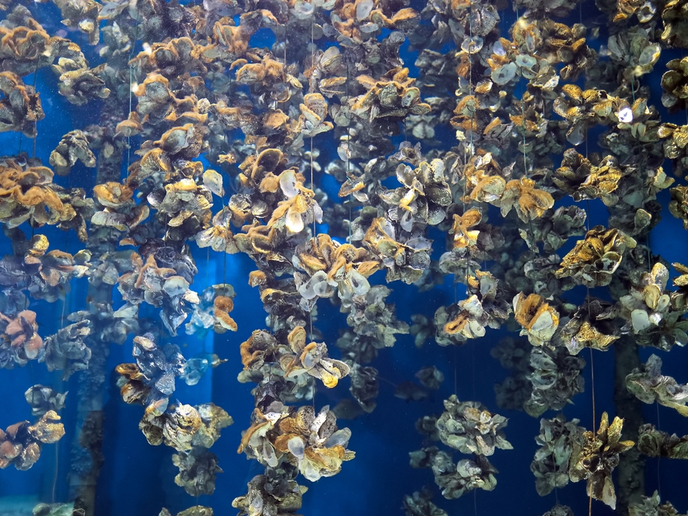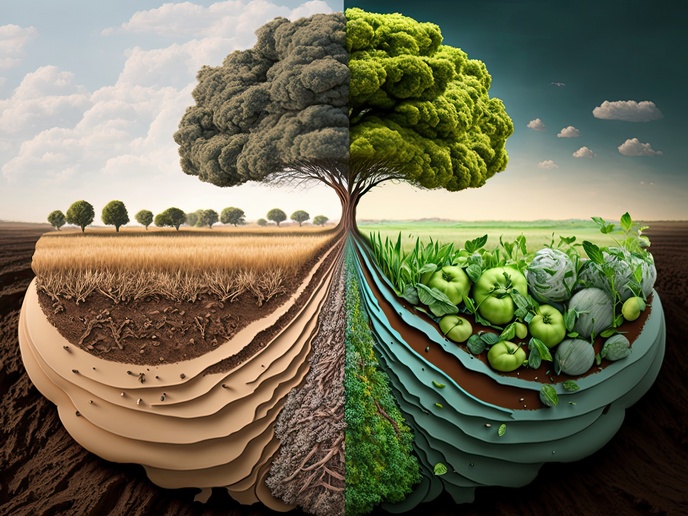Getting to the bottom of things to understand threats to seagrass meadows
Seagrasses(opens in new window) can form large meadows on the seafloor, much like the grasslands and meadows on land, with areas approaching tens of thousands of football fields. They support our food security by providing shelter and feeding areas to more than 1 000 species of fish and invertebrates. They also absorb large amounts of CO2 from the seawater and mitigate the effects of climate change. Further, they protect coastlines from erosion and soak up nutrients, improving water quality. Seagrass meadows around the world are being lost at a rate of around 7 % of their known area annually(opens in new window). Currently, we have limited knowledge of how structural changes to seagrass meadows influence their functioning and the ecological and cultural services they provide. With the support of the Marie Skłodowska-Curie Actions Individual Fellowships (MSCA-IF) programme, the PIONEER project dived into 20 of these meadows of biodiversity, three of which are in marine protected areas(opens in new window), along the southern coast of Mallorca, one of Spain’s Balearic Islands, to fill the knowledge gap.
Our actions impact us in the end, for better or worse
Seagrasses are photosynthetic plants, so they are found in shallower waters close to coastlines. This puts them in close contact with people. MSCA Fellow and PIONEER principal investigator Marija Sciberras explains: “PIONEER set out to evaluate the impact of human activities on seagrass habitat structure (density and meadow patchiness) and the influence of those changes on the fish that depend on the seagrasses. We conducted four ecological surveys via dives and one hydro-acoustic survey to better understand interrelationships.”
Finding the seagrasses along with one of their biggest threats
To study the seagrass meadows, Sciberras first had to find them. High-resolution maps of seagrass distribution were not available, so Sciberras made her own using hydro-acoustic data from a low-cost commercial echo-sounder (‘fish finder’) that helped distinguish seagrasses from sand and rocks. Subsequent investigation of the 20 sites supported numerous interrelationships among, for example, water nutrient concentration (a proxy for water quality), seagrass shoot density and shoot biomass, and fish body condition and growth of some species. However, one of the most striking findings relates to a study that was not part of the initial plan. Sciberras collaborated with the Mediterranean Institute for Advanced Studies(opens in new window) to examine spatiotemporal boat anchoring patterns. The researchers used an automatic identification system commonly used by ships to keep track of other vessels and created maps of boat anchoring. The revelations pointed to a critical threat over which we have control – even as individuals. Mallorca is a region of intense maritime traffic and recreational boating. Sciberras explains: “Increased boat anchoring was associated with smaller and more fragmented meadows in a statistically significant way. Bold steps are required to protect and restore these habitats, but many people’s small steps together can build a brighter future for these secret undersea gardens. This will not only protect the biodiversity in the meadows, but it will help fight climate change and enhance our food security.” Perhaps we should think twice before anchoring in shallow coves for a swim and just sail on and enjoy the scenery.







